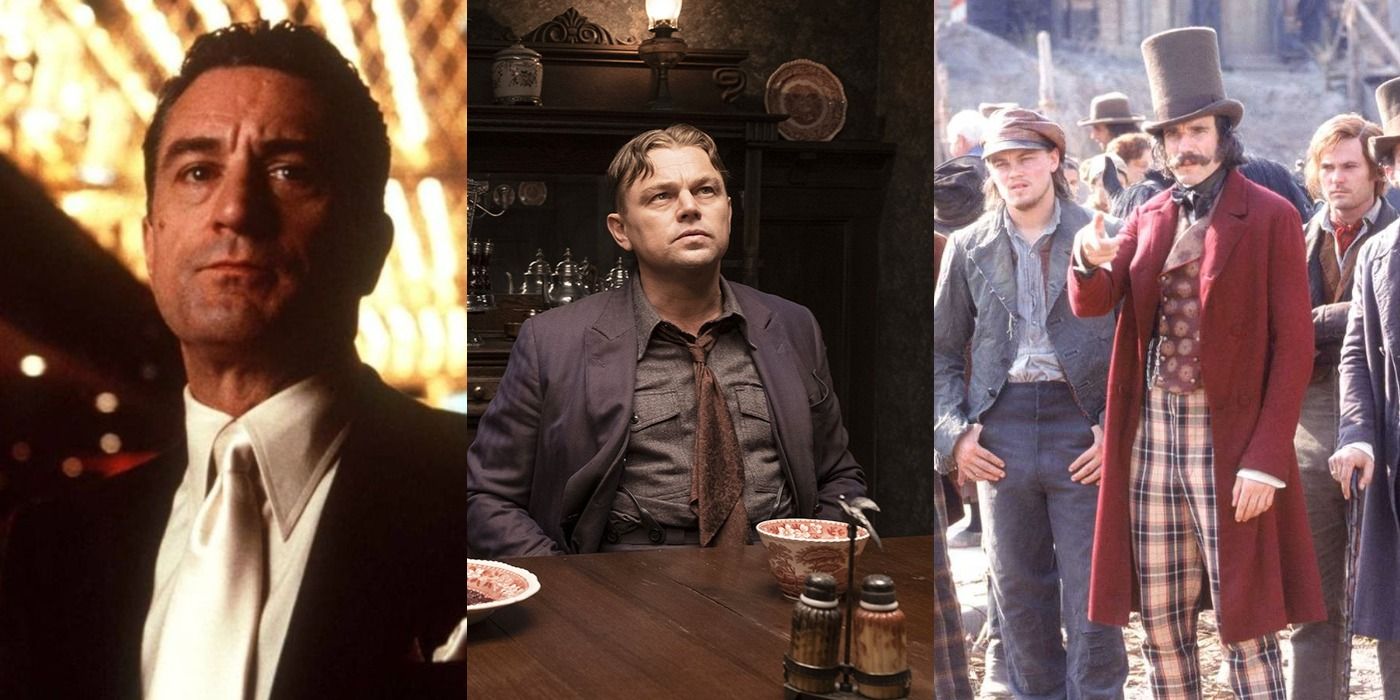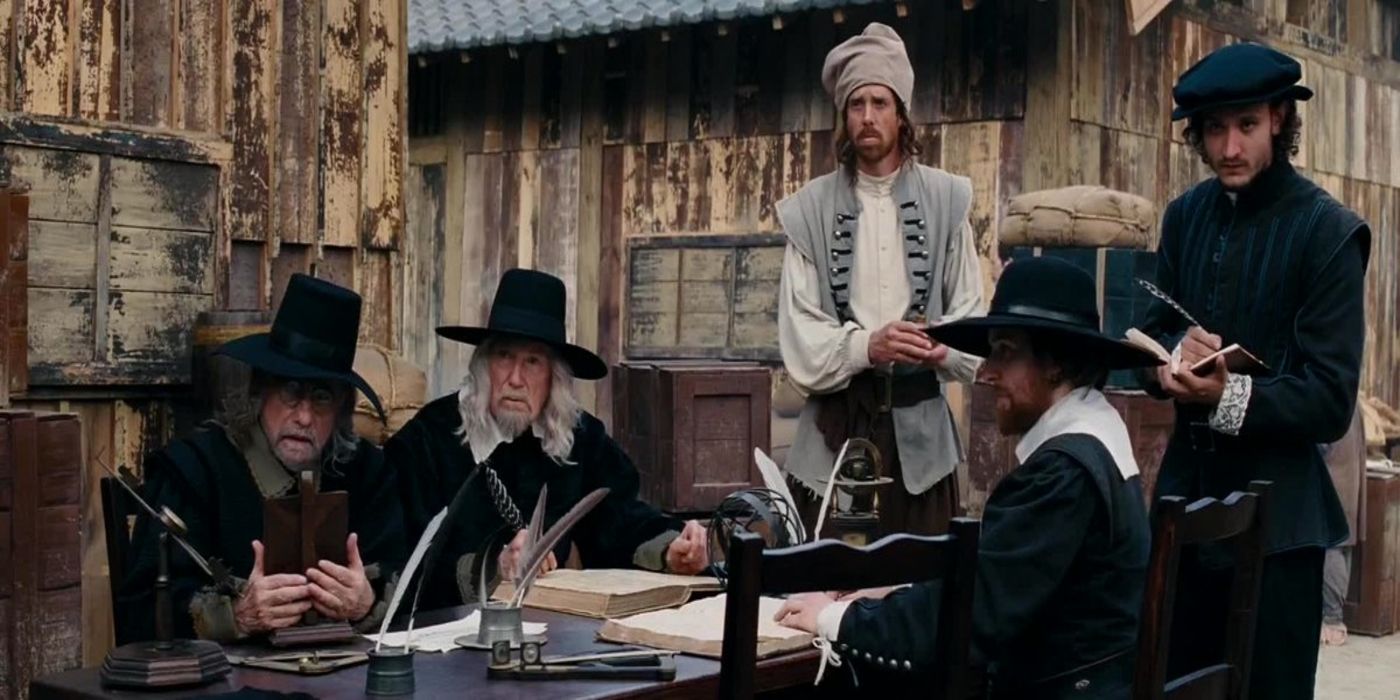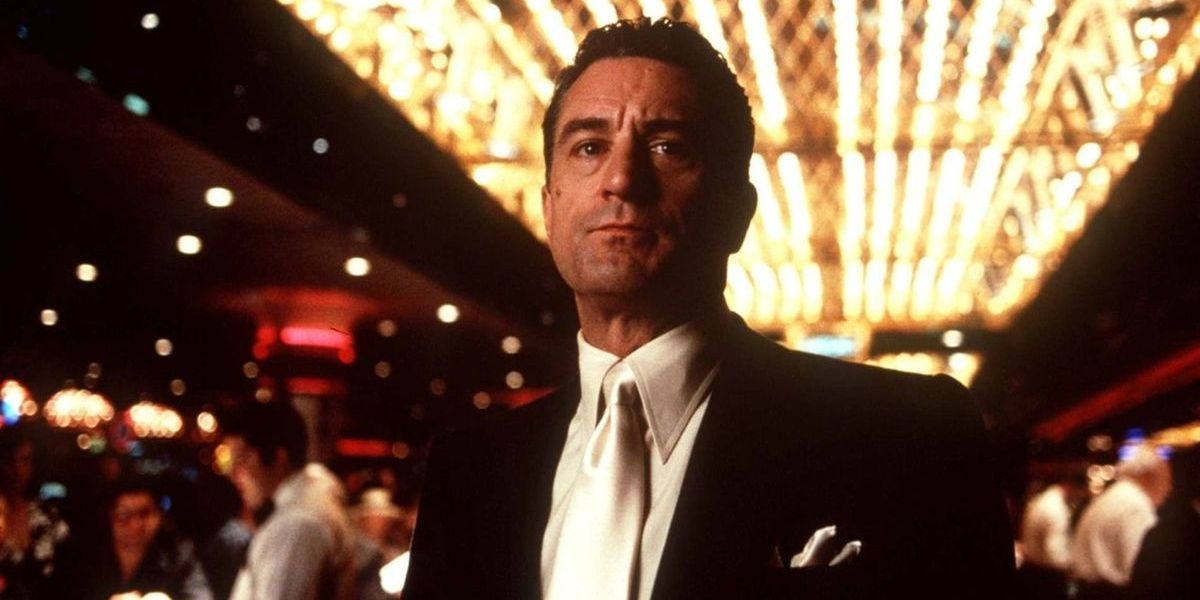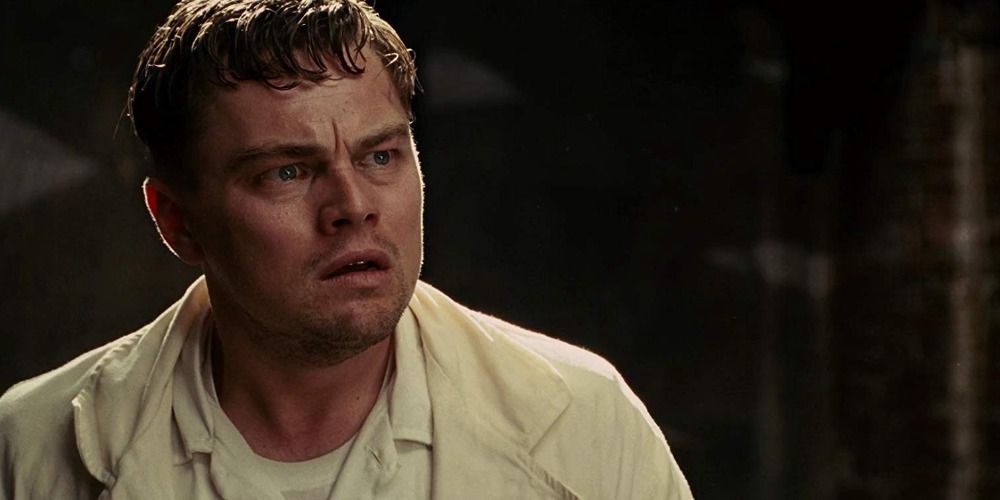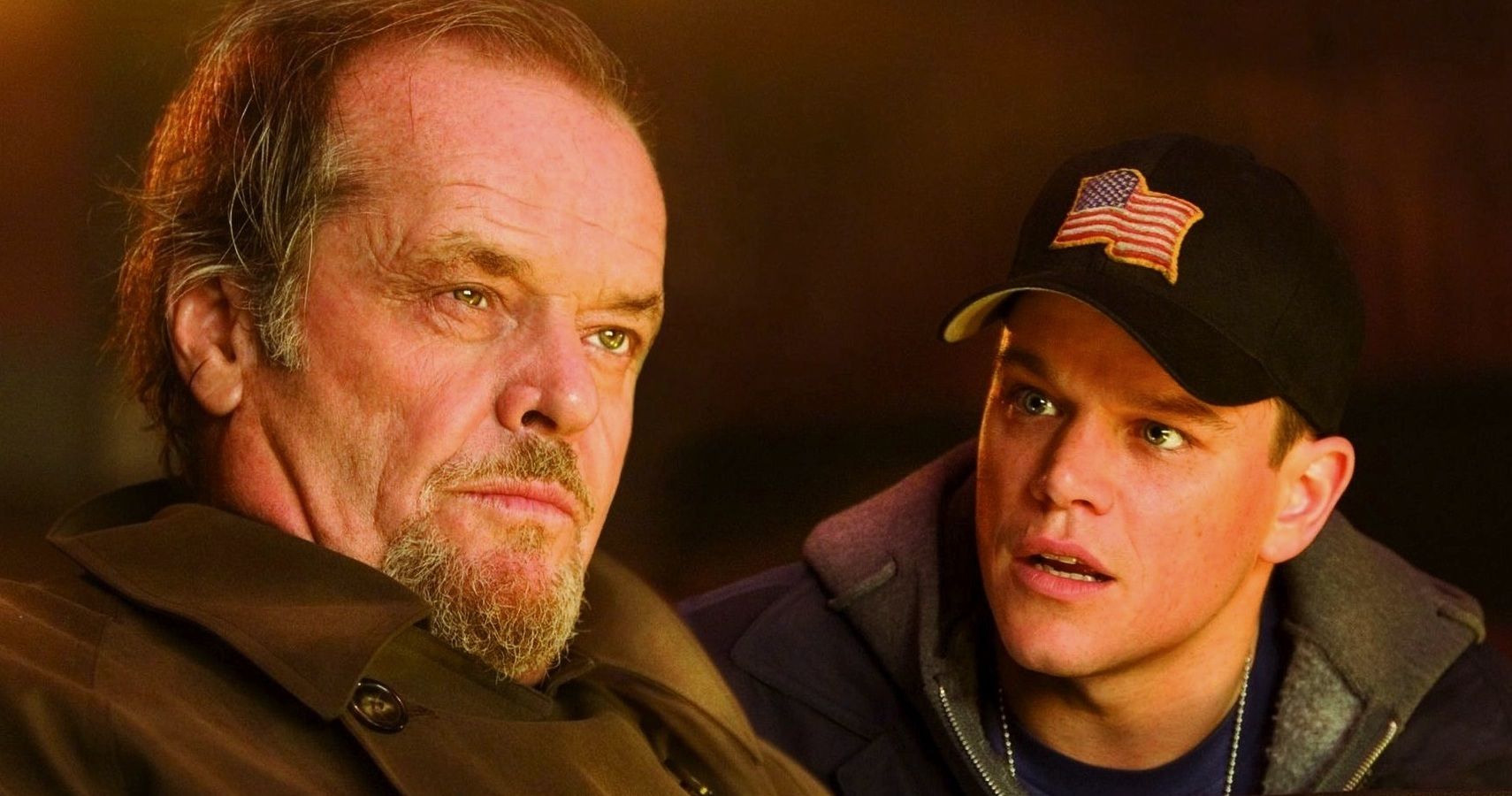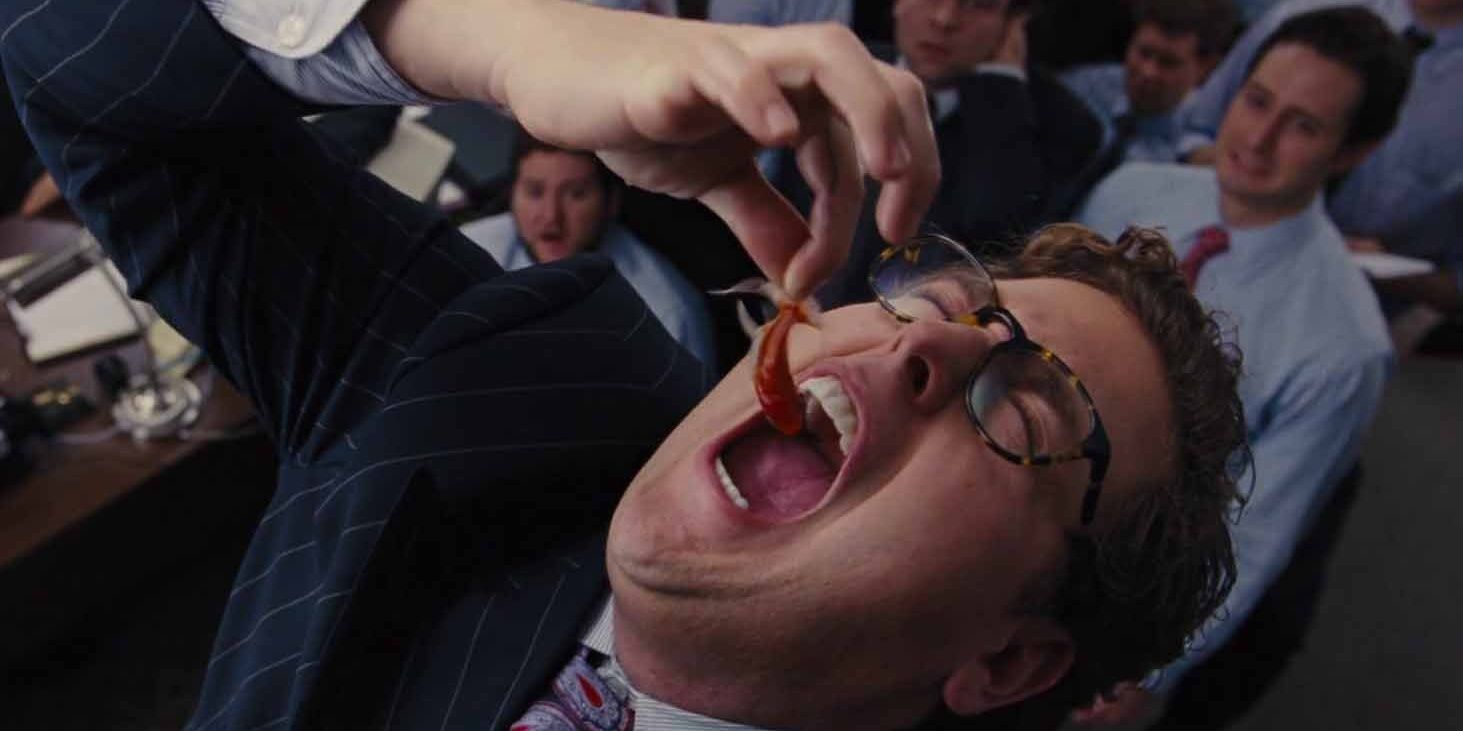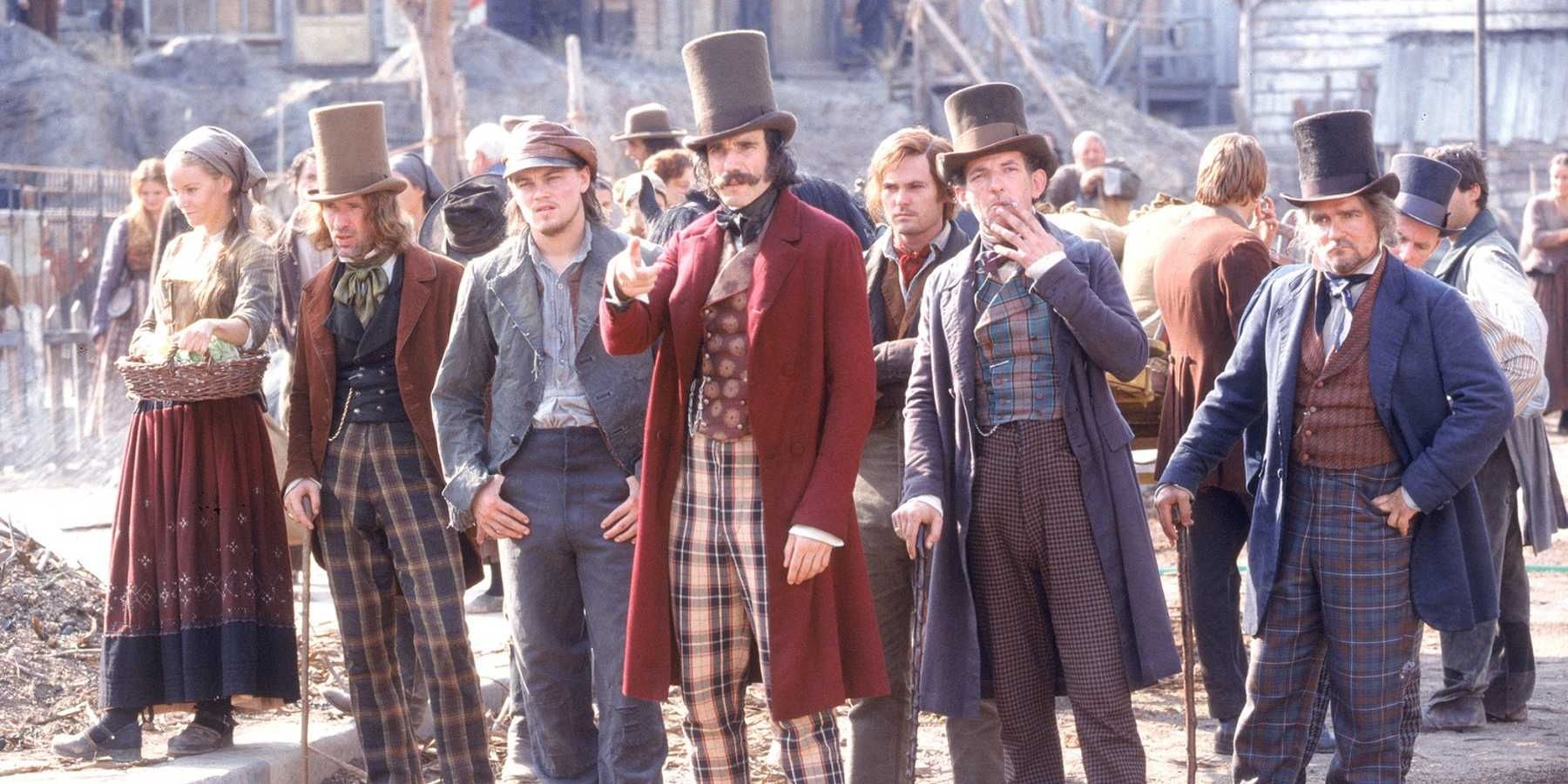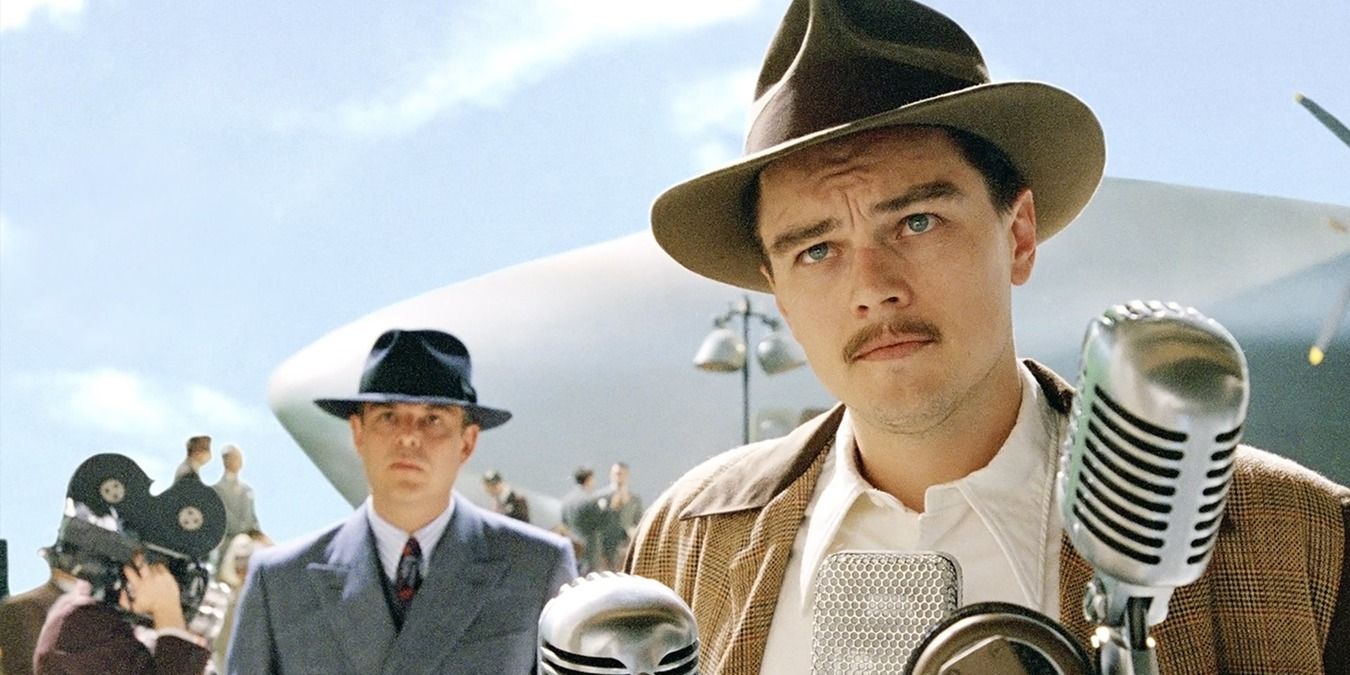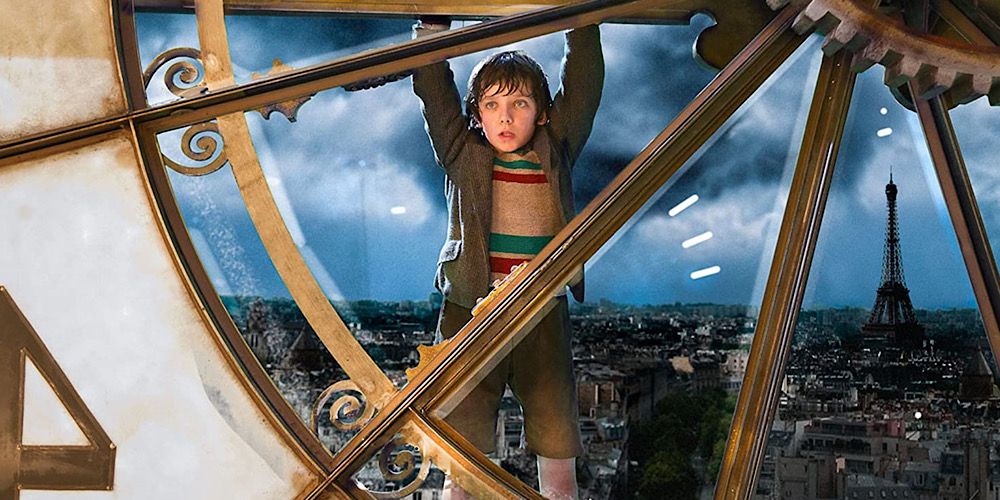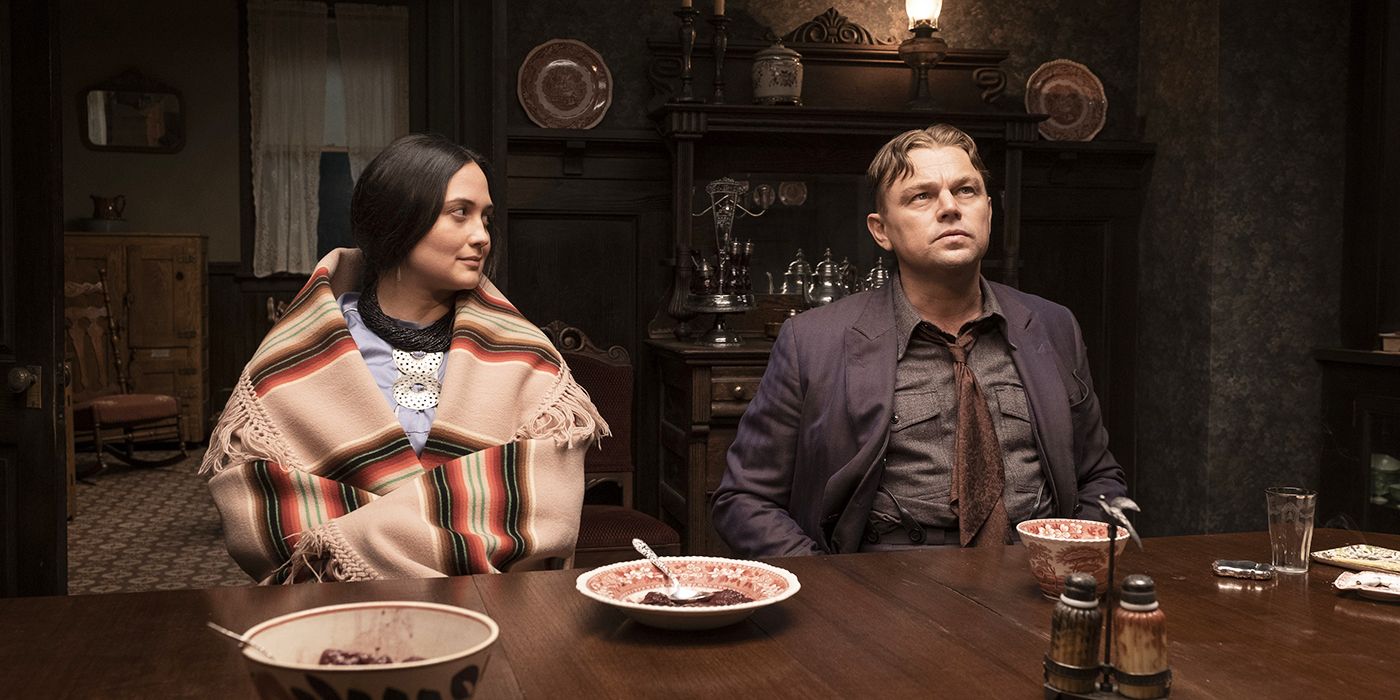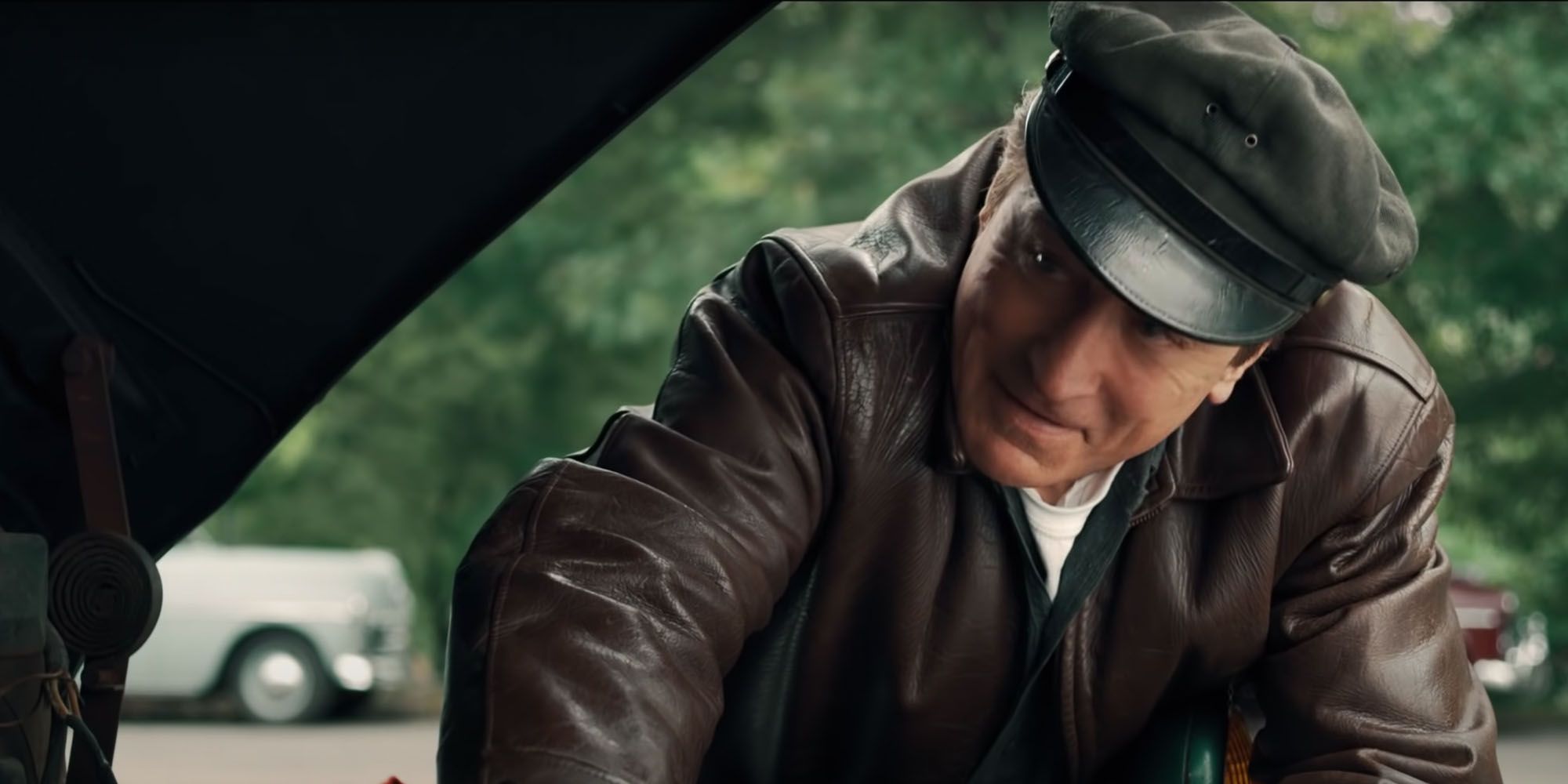Martin Scorsese is one of the true masters of cinema, as he completely revolutionized the gangster genre and influenced today's filmmakers when it comes to editing and creative ways to use the camera. But he wouldn't have gotten to that point in his career without being granted some huge budgets by the movie studios.
Surprisingly, his movie budget doesn't inflate with each consecutive movie. Instead, they are perfectly in line with his vision, whether it's a modest movie about Jesuit priests in the mountains of Japan or a decades-sprawling gangster epic, which uses state-of-the-art de-aging techniques. All of these budgets are according to Box Office Mojo unless stated otherwise.
Silence (2016) - $50 Million
Silence is a much more meditative film than what fans of Scorsese are used to, and in that regard, it's one of the best but overlooked movies that many Scorsese fans haven't seen. The movie is about two Jesuit priests who search for a missing priest in Japan, and it's surprising that the movie even cost $50 million to produce.
The movie doesn't take place in a location that's expensive to shoot and there are no huge set pieces. In fact, there's little more in the movie than a few priests on a mountain. And though the movie stars Andrew Garfield and Adam Driver, there's no $20 million demanding A-lister in sight.
Casino (1995) - $50 Million
Casino is one of Scorsese's best movies, and certainly one of his best gangster epics, as it features Robert De Niro and Joe Pesci acting alongside each other once again, not to mention it's full of memorable and iconic quotes. However, it doesn't get half as much fanfare as it should, and that's probably because of the much better Goodfellas.
It seems like the studio was banking on that, as the Scorsese, De Niro, and Pesci trio was such a hit in 1990 that they threw more money at the production in 1995. Every nickel was on screen, whether it was the period-specific costume and set design or the literally explosive set pieces. It panned out for the studio too, as the movie was Scorsese's highest-grossing film up to that point.
Shutter Island (2010) - $80 Million
Though he's known for his violent gangster movies, Scorsese entered the 2010s with a surprisingly PG-13 thriller, and that rating might have been one of the compromises to get such a high budget. Few studios would sink $80 million into an R-rated thriller movie, Scorsese-attached or not.
It's clear where that money went, and part of it would have been the undoubtedly massive salary that went to Leonardo DiCaprio and even Mark Ruffalo. But a lot of alterations had to be made to both the exteriors and interiors of filming locations, which was to make the psychiatric facility actually look like one, but also from the 1950s.
The Departed (2006) - $90 Million
The Departed is a huge movie in every way. Not only is it Scorsese's best gangster movie, but it has the star power, an epic classic rock soundtrack, and some of the most dramatically constructed kills possible. And that all accrued a $90 million budget.
Being a major U.S. city, it most likely wasn't cheap to shoot in many of the well-known locations in Boston. On top of that, The Departed has more of an all-star cast than any other Scorsese movie, including Leonardo DiCaprio, Matt Damon, Jack Nicholson, Alec Baldwin, and Mark Wahlberg, to name a few. And playing The Rolling Stones' "Gimme Shelter" almost in full couldn't have been cheap either.
The Wolf Of Wall Street (2013) - $100 Million
Scorsese stretched the $100 million budget for The Wolf of Wall Street much further than he possibly could, as fans would be surprised to hear how little some of the actor's salaries were. Jonah Hill wanted to work with Scorsese so much that he was willing to take the SAG minimum salary allowed, which was just $60,000, according to Variety.
Outside of that, it isn't hard to understand where the remaining $99.94 million went, given Jordan Belfort's outlandish lifestyle that's well depicted in the movie. And even though Scorsese is a practical filmmaker, the 2013 movie was the first of the director's that fully took advantage of digital effects too, which would have added a pretty penny. Audiences haven't even seen where the whole of the budget went, as there's a four-hour Wolf of Wall Street director's cut, meaning there's at least a full hour of hijinks left unseen.
Gangs Of New York (2002) - $100 Million
Though Scorsese does have movies with bigger budgets than Gangs of New York, none of his other films have been so ambitious or used the budget in such inventive and practical ways. Scorsese moved the production overseas to Italy, one filming technique that Scorsese abandoned after trying once, and he built a whole mile-long 19th-century New York street.
Not only would that be a huge cost in terms of materials, but it'd be a lot of man-hours too. And along with that, again, talent always comes at a high price, especially if that talent includes one of the greatest actors of this generation, Daniel Day-Lewis.
The Aviator (2004) - $110 Million
Period dramas are always going to be expensive to produce, as specific sets have to be built and costumes have to be designed. But what makes them even more expensive is when they're biopics about business entrepreneur Howard Hughes and include a ton of airplanes and aviation.
That's exactly what The Aviator is about, and at two hours and 50 minutes, it's a sweeping epic with every dollar accounted for in every detailed frame. And though the idea of using CGI for huge huge set-pieces was clearly still in its infancy in 2004, it was used for when Hughes crash lands in the beet field, and that wouldn't have been cheap to recreate.
Hugo (2011) - $170 Million
Hugo was an experiment for Martin Scorsese in many different ways. For starters, though he's the best-known gangster epic director there is, and though he has dabbled in other genres previously, it was the first time and so far only time Scorsese directed a kids' movie. It's also the first and only time that the director made a 3D movie.
As Hugo wasn't converted to 3D, which was popular at the time, but actually shot in 3D, it would have added to the expense. Not only that, but the movie is one of the most set-piece-filled Scorsese movies that exists, as it's so much more narrative-driven than being a character piece, like so many other of the director's movies.
Killers Of The Flower Moon (2022) - $200 Million
It's a surprise that any studio executive would ever greenlight a movie with a budget so high. But as Killers of the Flower Moon is going to AppleTV+, the tech giant had no problem dishing out that budget to the filmmaking auteur.
The movie has a budget of $200 million, according to Indie Wire, and though not much is known about the film, it surrounds the creation of the FBI. Killers of the Flower Moon is slated to be Scorsese's very first full-on Western, so a good wedge of the budget will again be used for making the movie appear as the period it's based in.
The Irishman (2019) - $250 Million
Strangely enough, it isn't exactly clear how much The Irishman cost to make, and even stranger is that the ballpark figure is so broad. The budget could be as little as $159 million with it going up to as much as $250 million, according to Rotten Tomatoes.
The movie went massively over budget and during production, there were endless reports of the costs ballooning. A great deal of this is due to how much effort, man-hours, and technology went into the de-aging techniques seen in the film. Brand new cameras were even built just to get the effect.

